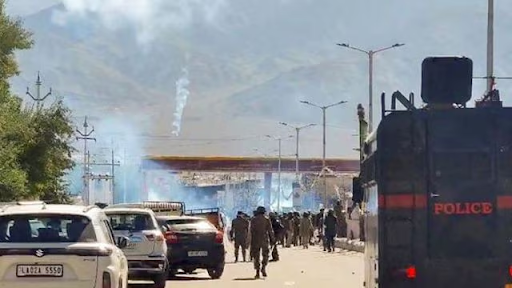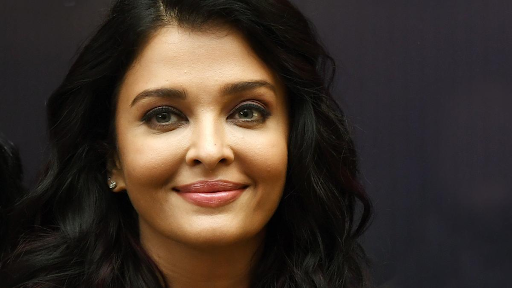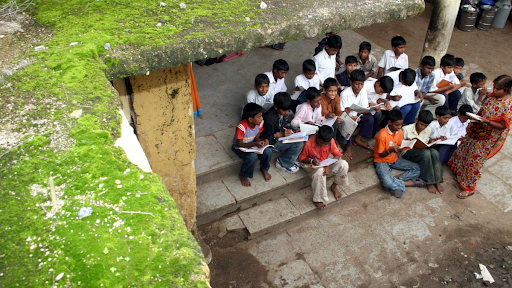



Politicians' Outreach to Extremely Backward Castes (EBCs) in Bihar reflects a strategic pivot in caste-based politics. EBCs, more marginalized than OBCs, form 36.01% of Bihar’s population per the 2023 caste survey. Originating from the 1976 Mungeri Lal Commission, EBCs gained political traction through Karpoori Thakur’s reservation policies.

Copyright infringement not intended
Picture Courtesy: BUSINESS STANDARD
Rahul Gandhi's outreach to EBCs in Bihar signals strategic caste-based political recalibration.
EBCs are a group of socially and economically disadvantaged castes in Bihar, identified as more marginalized than the Other Backward Classes (OBCs).
Unlike Scheduled Castes (SCs) or Scheduled Tribes (STs), EBCs are not a distinct constitutional category but a sub-group within OBCs, created to address the needs of the most deprived castes.
The EBC category emerged over 50 years ago under Karpoori Thakur, Bihar’s first Chief Minister from an extremely backward community.
In 1971, Thakur formed the Mungeri Lal Commission to study the socio-economic conditions of backward castes.
The commission’s 1976 report identified 128 castes as backward, splitting them into two groups: 34 under Backward Classes and 94 under Extremely Backward Classes (EBCs).
When Thakur returned as Chief Minister in 1977, he implemented the commission’s recommendations in 1978, granting 12% reservation for EBCs, 8% for Backward Classes, 3% for women, and 3% for economically backward castes.
However, the Supreme Court later struck down the economic-based reservation as unconstitutional. This raised political awareness among EBCs, encouraged them to demand reservation benefits, which shaped Bihar’s caste-based politics.
EBCs constitute 36.01% of the state’s population (13.07 crore), making them the largest social group.
Backward classes (OBCs + EBCs) account for 63.13% of Bihar’s population, while SCs (19.65%) and STs (1.68%) add to the non-upper-caste majority (84.47%).
Upper castes, like Brahmins (3.65%), Rajputs (3.45%), and Bhumihars (2.86%), are only 15.52%.
Must Read Articles:
A Caste Census is not a Silver Bullet for Social Justice
Source:
|
PRACTICE QUESTION Q. Critically analyze the role of sub-categorization within Other Backward Classes (OBCs) in promoting equity and inclusiveness in India. 150 words |






© 2026 iasgyan. All right reserved